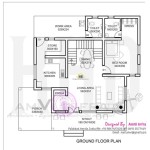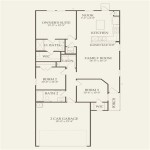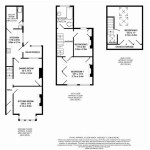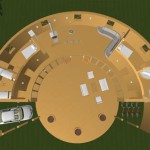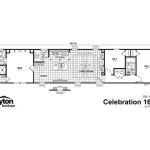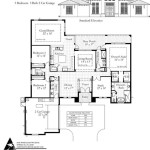Drawing Your Own House Floor Plans: A Comprehensive Guide
The process of designing your dream home can be both exciting and daunting. One of the most important aspects of the design process is creating a floor plan that meets your specific needs and lifestyle. While it is possible to hire an architect to create your floor plan, you can also save money and have more control over the design by doing it yourself.
While it is possible to draw your own house floor plans with the help of user-friendly software, it is important to remember that software alone is not enough to create a functional and stylish home. There are a number of essential aspects of creating a floor plan that you should consider, including:
1. Functionality
The most important aspect of any floor plan is its functionality. When designing your floor plan, you should first consider how you want to use the space and how you want people to move through it. Consider the flow of traffic, the placement of furniture, and the location of windows and doors. You should also make sure that the space is large enough to accommodate your needs, both now and in the future.
2. Aesthetics
In addition to functionality, you should also consider the aesthetics of your floor plan. The way that you arrange the rooms, the shape of the rooms, and the placement of the windows and doors can all impact the overall look and feel of your home. You should also consider the relationship between the interior and exterior spaces. By carefully considering the aesthetics of your floor plan, you can create a home that is both beautiful and functional.
3. Building Codes
When creating your own floor plans, it is important to make sure that they comply with all applicable building codes. Building codes vary from state to state, so you should check with your local building department to find out what codes apply to your area. Building codes are in place to ensure that homes are safe and structurally sound. By following the building codes, you can help to ensure that your home is a safe place to live.
4. Cost
The cost of building your home is another important factor to consider when creating your floor plan. The size of your home, the materials you use, and the complexity of the design will all impact the cost of construction. By considering the cost of construction upfront, you can help to avoid costly surprises later on.
5. Sustainability
In today's world, it is more important than ever to consider sustainability when designing your home. By incorporating sustainable features into your floor plan, you can help to reduce your environmental impact and save money on energy costs. Some sustainable features to consider include energy-efficient appliances, solar panels, and rainwater harvesting systems.
6. Personal Style
Your home should reflect your personal style. When creating your floor plan, you should choose a design that you love and that makes you feel comfortable. Don't be afraid to experiment with different layouts and styles. There are no rules when it comes to creating your own floor plan. The most important thing is to create a space that you love and that meets your needs.
Creating your own house floor plans can be a challenging but rewarding experience. By following these essential aspects, you can create a floor plan that meets your specific needs and lifestyle. With careful planning and attention to detail, you can design a home that is both beautiful and functional.

Make Your Own Blueprint How To Draw Floor Plans

Make Your Own Blueprint How To Draw Floor Plans Drawing House Sketch Plan Blueprints

Floor Plan Creator And Designer Free Easy App

House Plans How To Design Your Home Plan

Floor Plan Creator And Designer Free Easy App

Creating Your Dream Custom Floor Plan Citadel Signature Homes

Floor Plans How To Design The Perfect Layout Cherished Bliss

House Plans How To Design Your Home Plan

Easy Home Building Floor Plan Cad Pro

How To Make House Blueprints Home Design Your Own

